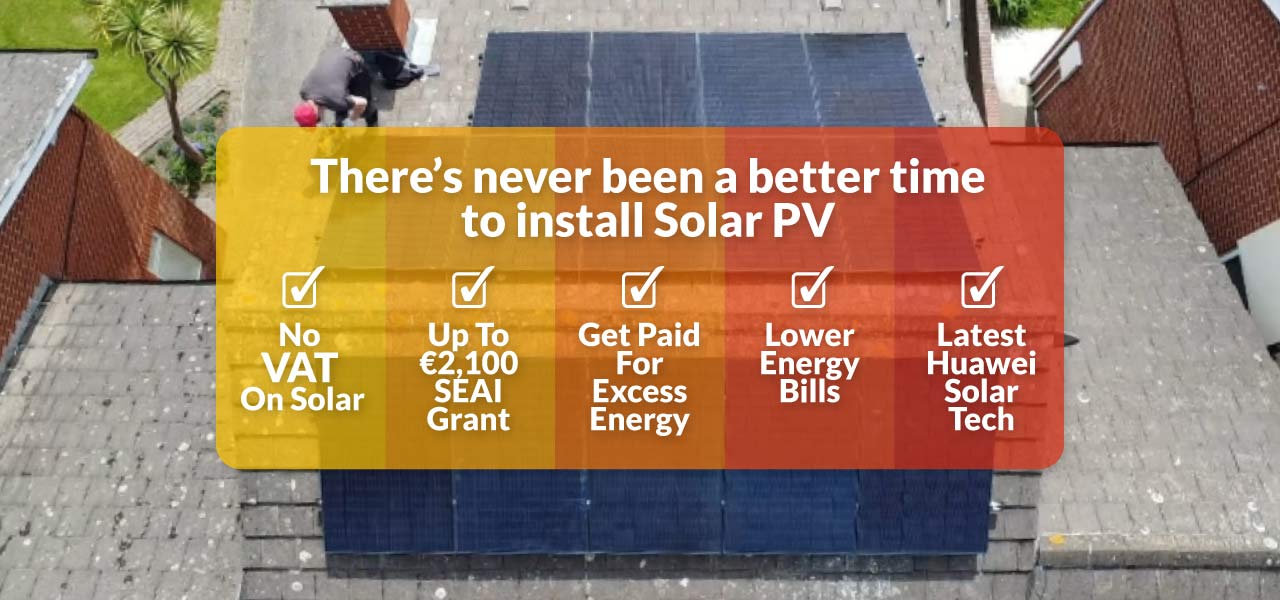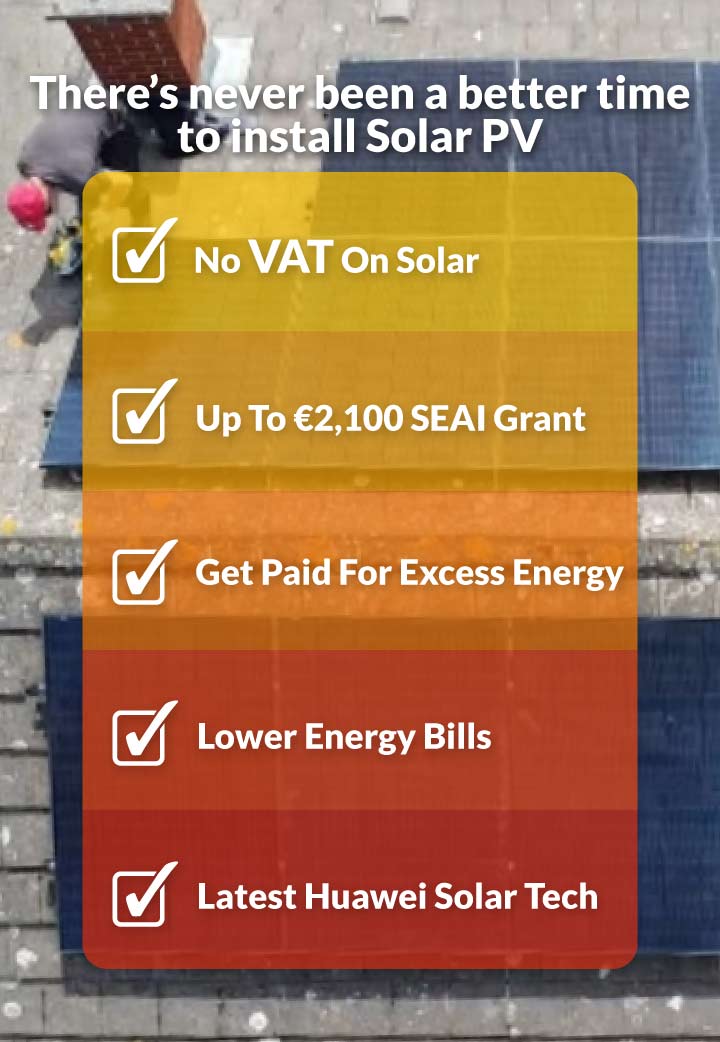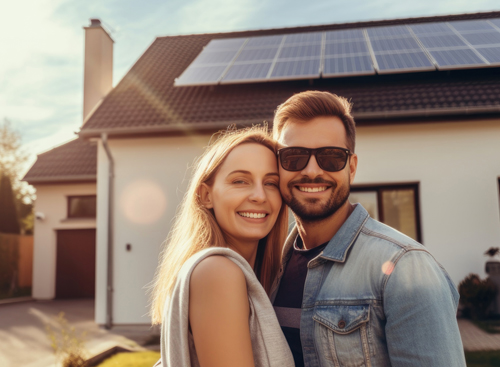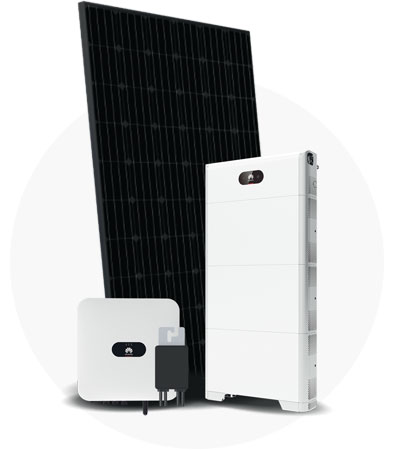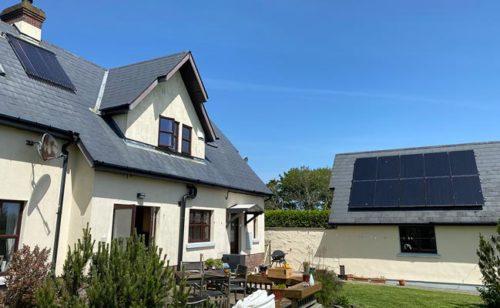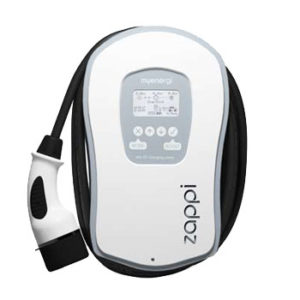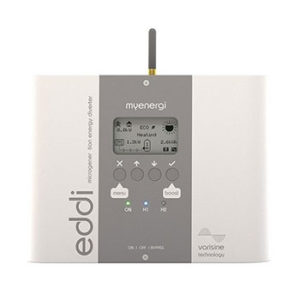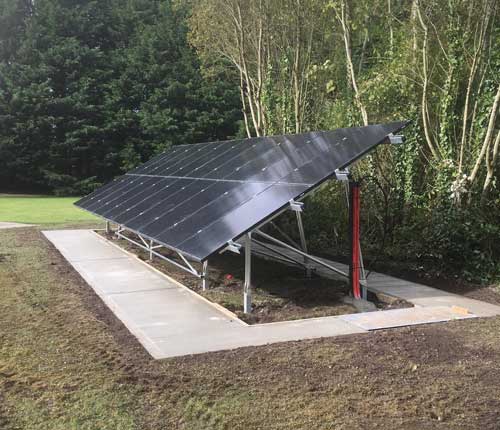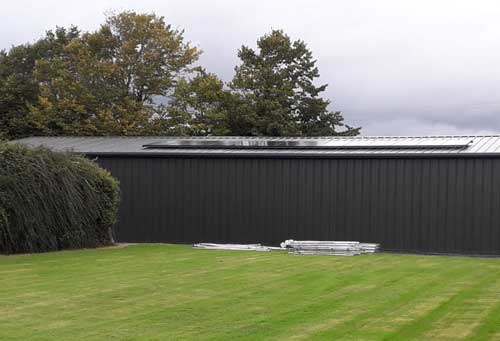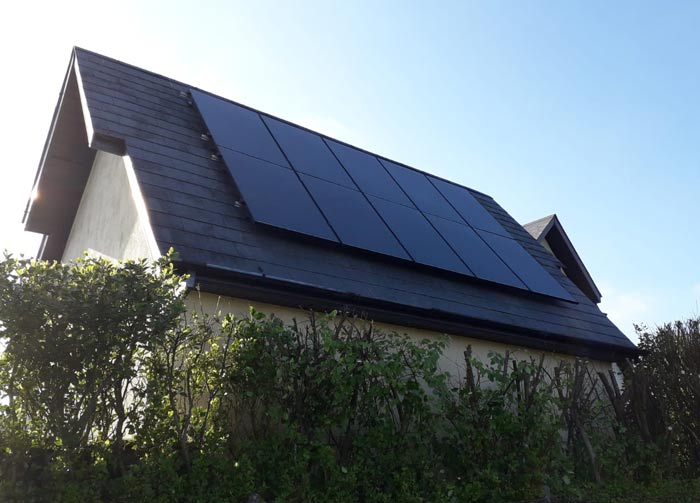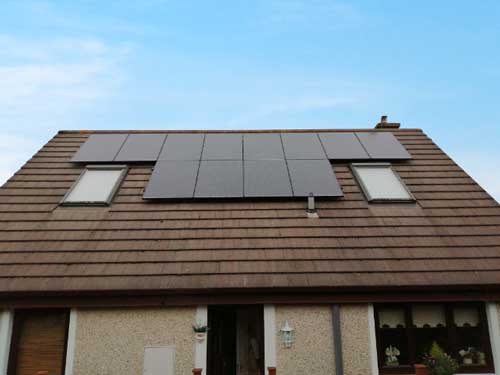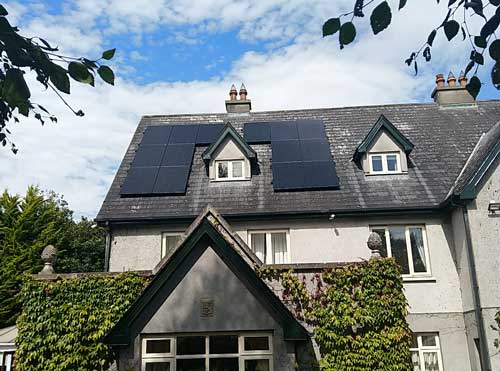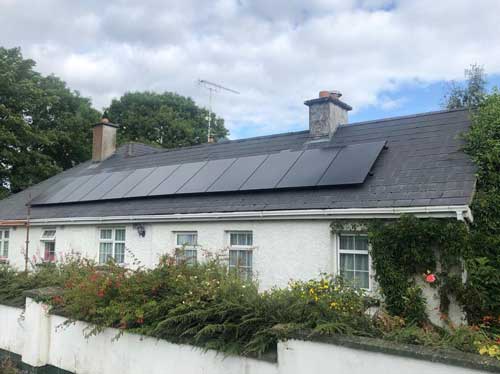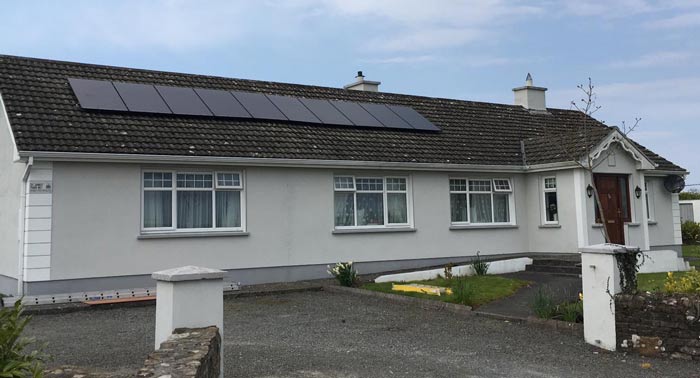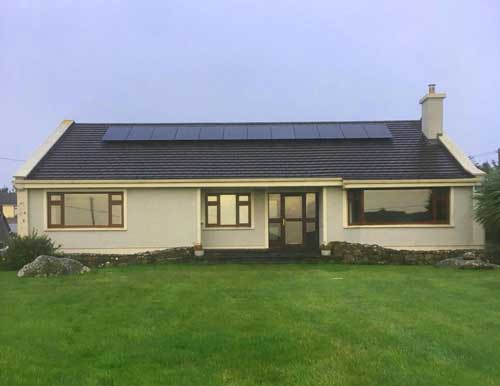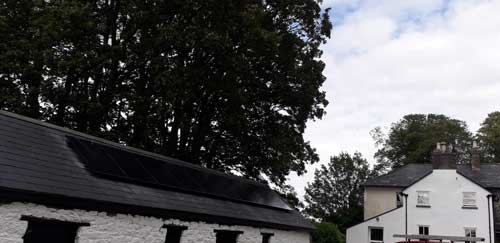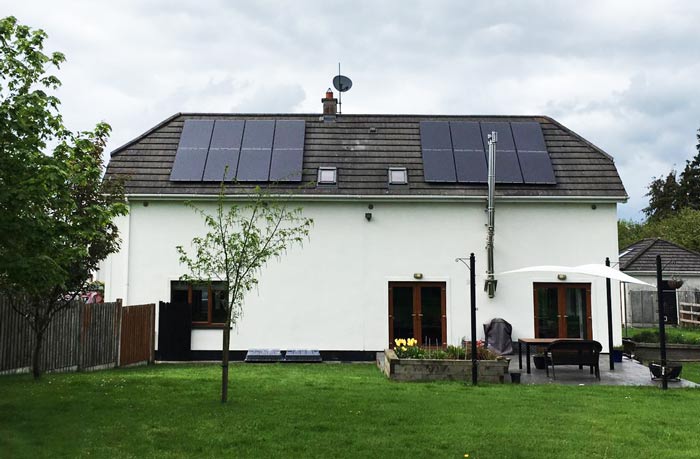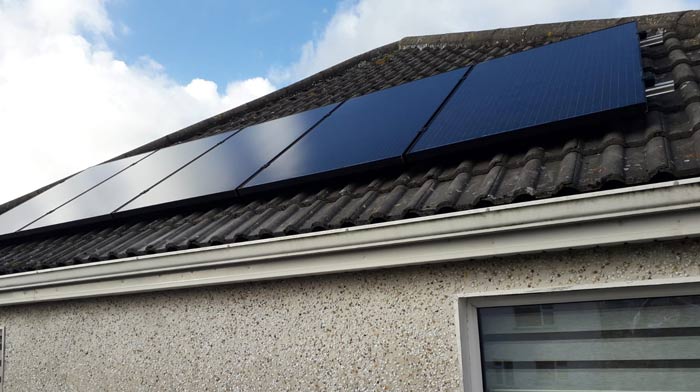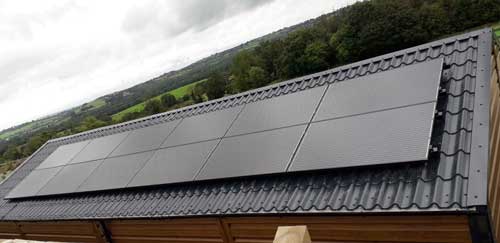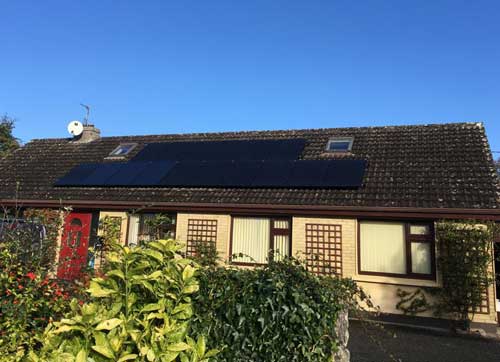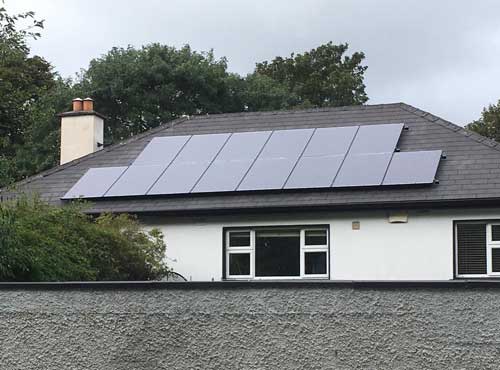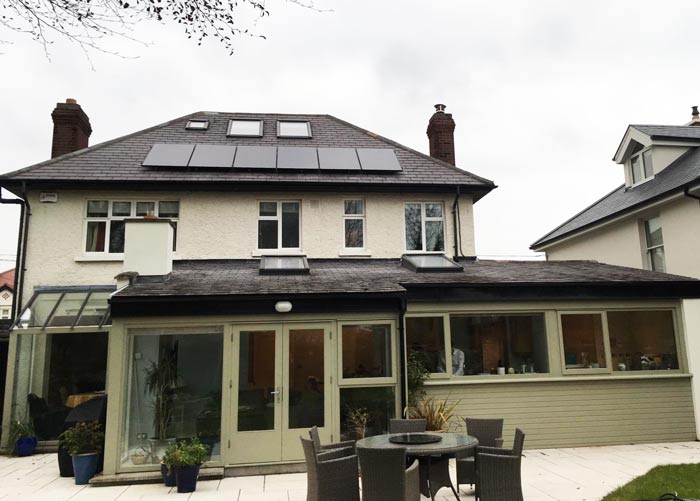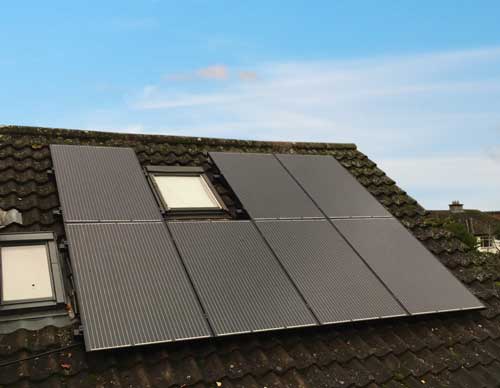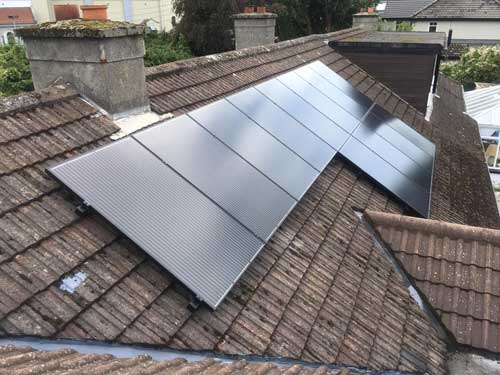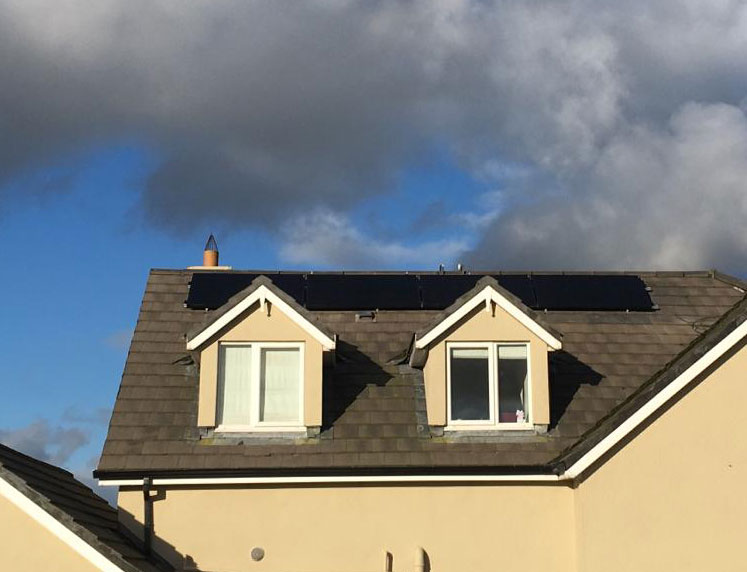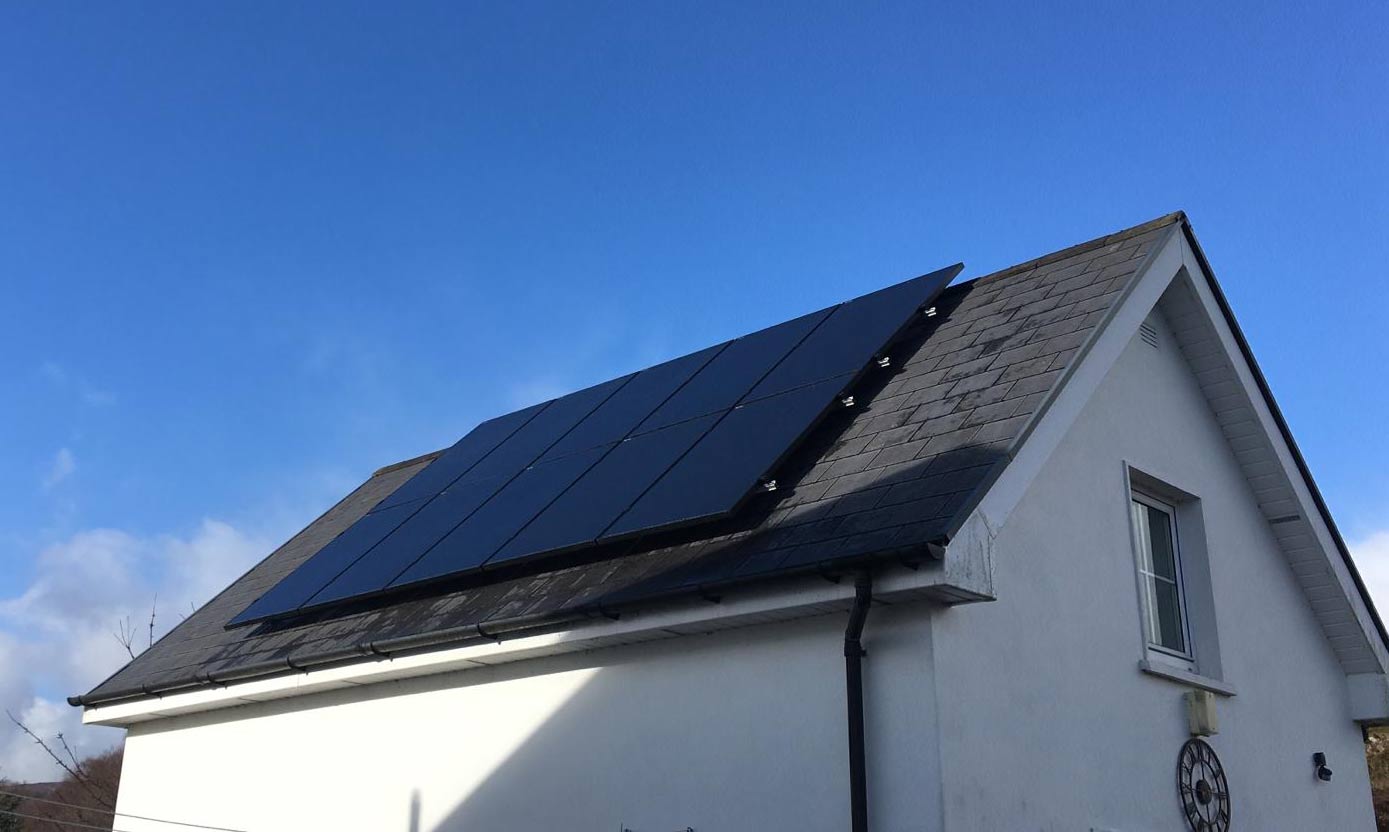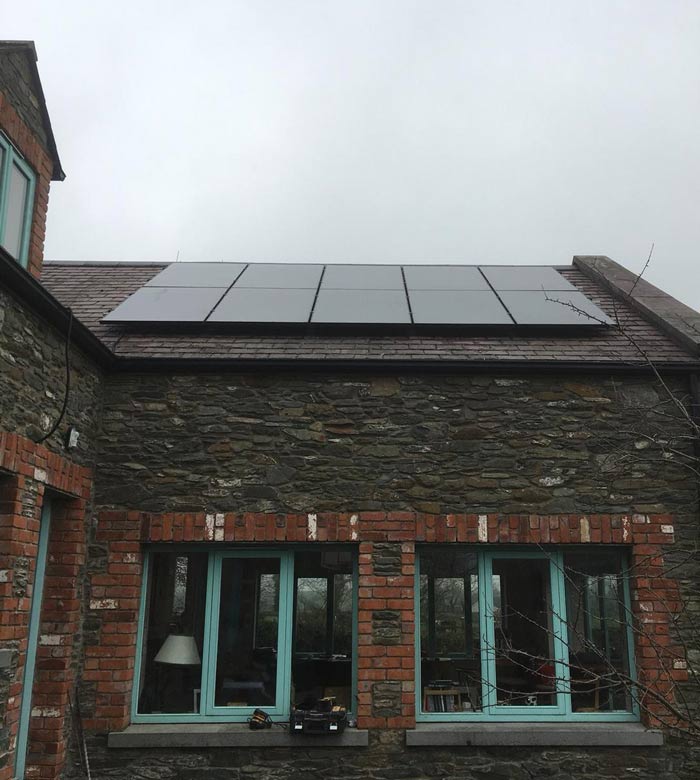Enjoy a more energy efficient home and reduce your electricity bills with a Solar PV system. There’s never been a better time to install a Solar PV system:
- SEAI grants of up to €2,100
- 0% VAT rate
- Money back for any excess energy exported back to the grid
- Lower energy bills
- Latest Huawei solar technology
Energlaze has teamed up with Huawei to bring you the award winning FusionSolar smart energy system. This fully integrated One-Fits-All Solar PV system features all Huawei components controlled by a single App. Backed by professional installation, industry-leading warranties and free 24 hour Huawei technical support. Enjoy clean, green, renewable energy created free in your own home.
The benefits of Solar PV
- Grants of up to €2,100 available from the SEAI
- Get money back for excess energy via Micro-generation Support Scheme
- New 0% VAT rate – saving an additional 13.5%
- Superior technology delivering 100% usable energy
- System can be scaled up when you add an EV or Heat Pump
- New modular battery system offers off-grid capability
- Optimizers for up to 30% better performance
- 24 Hour free Huawei technical support
- All-in-one app controls the entire system
- 25 year guarantee on solar PV panels
- Relatively quick return on investment
What is Solar PV?
Solar panels that produce electricity are known as solar photovoltaic (PV) modules. These panels generate DC electricity when exposed to light.
The system may include:
- Solar panels
- Hybrid inverter
- Battery storage
- Immersion diverter
- Wifi operation & monitoring via app
How much electricity do solar panels generate in Ireland?
A day in the life of an Energlaze Solar system.
To illustrate just how much energy can be generated by solar panels in a single day we took a closer look at a house in Wexford, fitted with a 6 kWp Solar PV system and a 20 tube Solar thermal system.
Typical Energy Flow for Solar PV

Typical Energy Flow for Solar PV
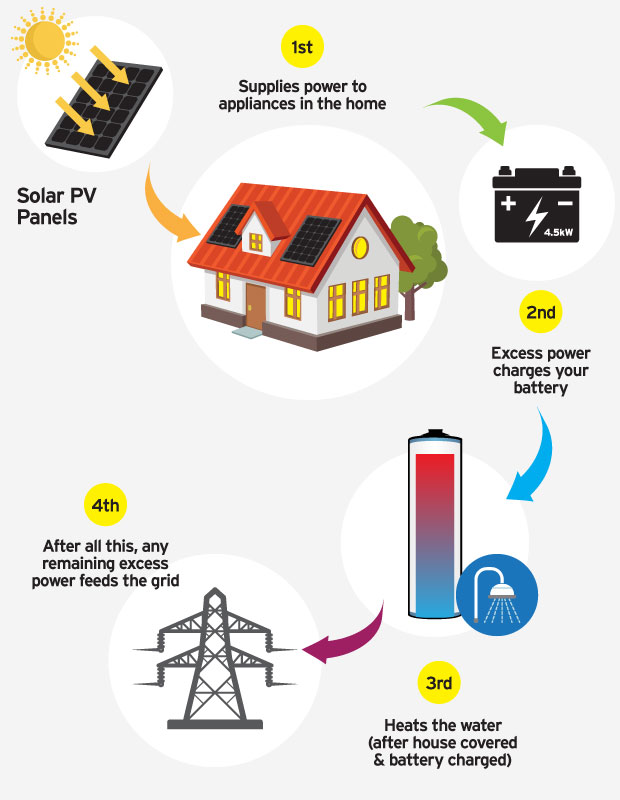
Optional Extras
Ground Mounted Solar Systems
Ground mounting installation also available for larger systems, for when roof space or orientation is not available.
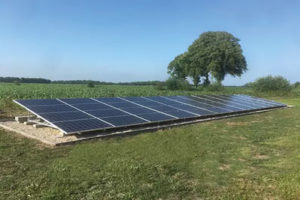
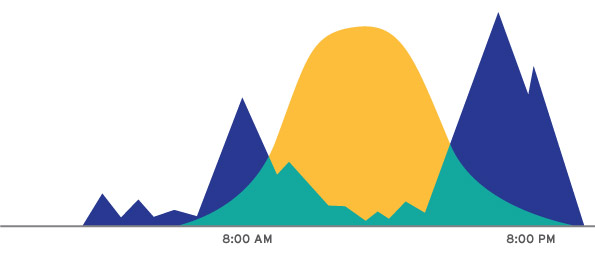
Typical day with a solar battery system
![]() Consumption of Stored Energy
Consumption of Stored Energy
![]() Consumption of Solar Energy
Consumption of Solar Energy
![]() Solar Energy Production
Solar Energy Production

